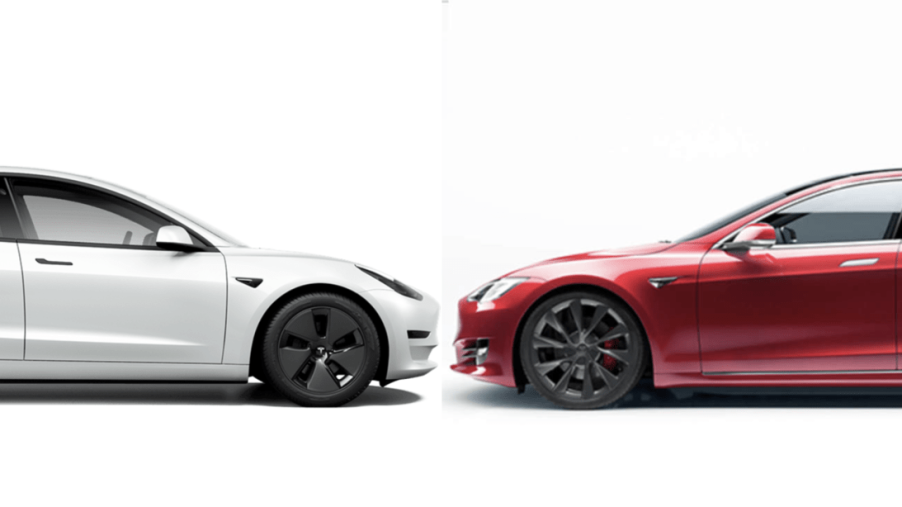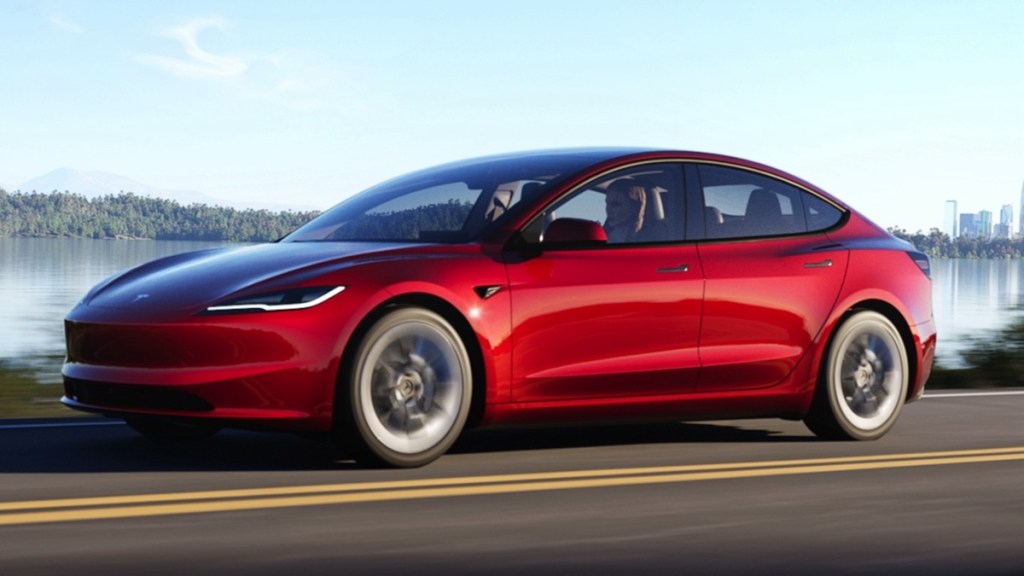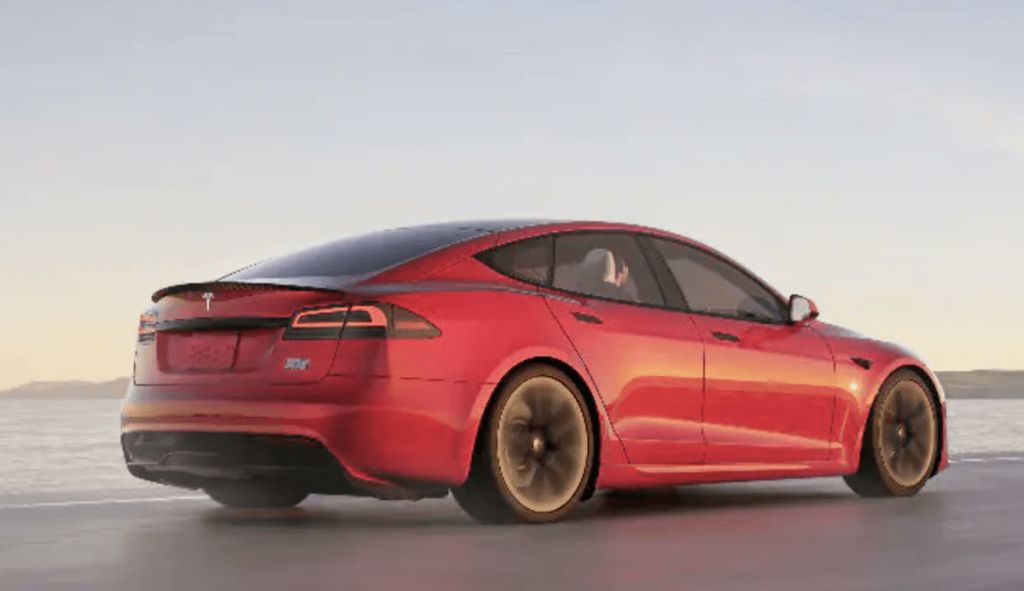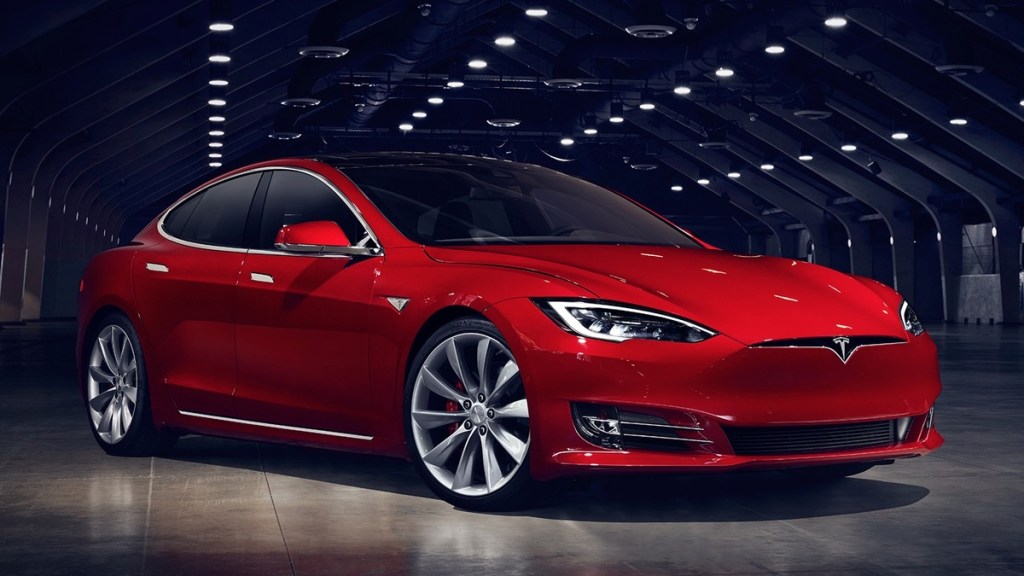
Best and Worst EV Depreciation in 2023: Tesla Makes Both
If one of the things that is motivating your move to a Tesla is value, you better look elsewhere. Or not. You see, Tesla’s Model S has the highest EV depreciation rate over five years. Conversely, if you are looking for value in an EV, the lowest depreciation goes to the Tesla Model 3. Yeah, go figure.
So interestingly, Tesla EVs bookend value from high to low. But we’ll backtrack a bit by also confirming that the EV segment overall has the worst depreciation of any segment, at almost 50% over five years. The best segment falls to pickup trucks and hybrids in the mid-30% range.
Why is EV depreciation so high?

There are a number of reasons EVs don’t hold their value well. One is because of fears over battery life. The miles that pile on mean that the battery is closer to death, and that wipes out almost all of its value once that happens. Right now, the cost of replacement batteries is around $150 per kWh. As a result, any battery with around 100 kWh will run over $15,000 to replace.
Inching closer to that fact means falling prices because, you know, people have more information, like this post, for instance. But there are other reasons.
Are the federal tax incentives increasing EV values?

Another is that right now, with the government tax incentives for buying EVs, people pay $ 7,500 less in most cases than the MSRP. When the day comes when EVs are bought in large enough numbers to kill off incentives, there will be more parity between EV and gas-power car depreciation. It will also take more anecdotal information about savings for EVs to entice some of the stalwarts.
Other reasons are that as EV purchases scale up and battery technology makes manufacturing prices cheaper, prices, in general, will fall. So hypothetically, if Tesla continues making the Model S but is able to decrease battery costs, it won’t be selling at the equivalent of $75,000 in three years.
Over the past three years, average inflation has been 16%. Next year, it is expected to go up by 2.3%, according to the U.S. Labor Department. If you factor that over three years, a 2026 Model S will be around 7% higher, which means over $80,000. We don’t anticipate the Model S selling for that much in 2026. But we digress.
Why are there only five EV cars in the depreciation study?

According to an iSeeCars rating, the Model 3 comes in only slightly above the average depreciation of 49.1%. Its depreciation is 42.9% over five years. The Tesla Model X is slightly below the average at 49.4%, followed by the Nissan Leaf at 50.8%, the Chevrolet Bolt at 51.1%, and the Model S at 55.5%.
Since the study only looks at cars over five years, only a few EVs have been in production for that long and are still being sold. Thus, only five EVs qualify. As the years pass, we’ll get a clearer picture of depreciation values in general.



